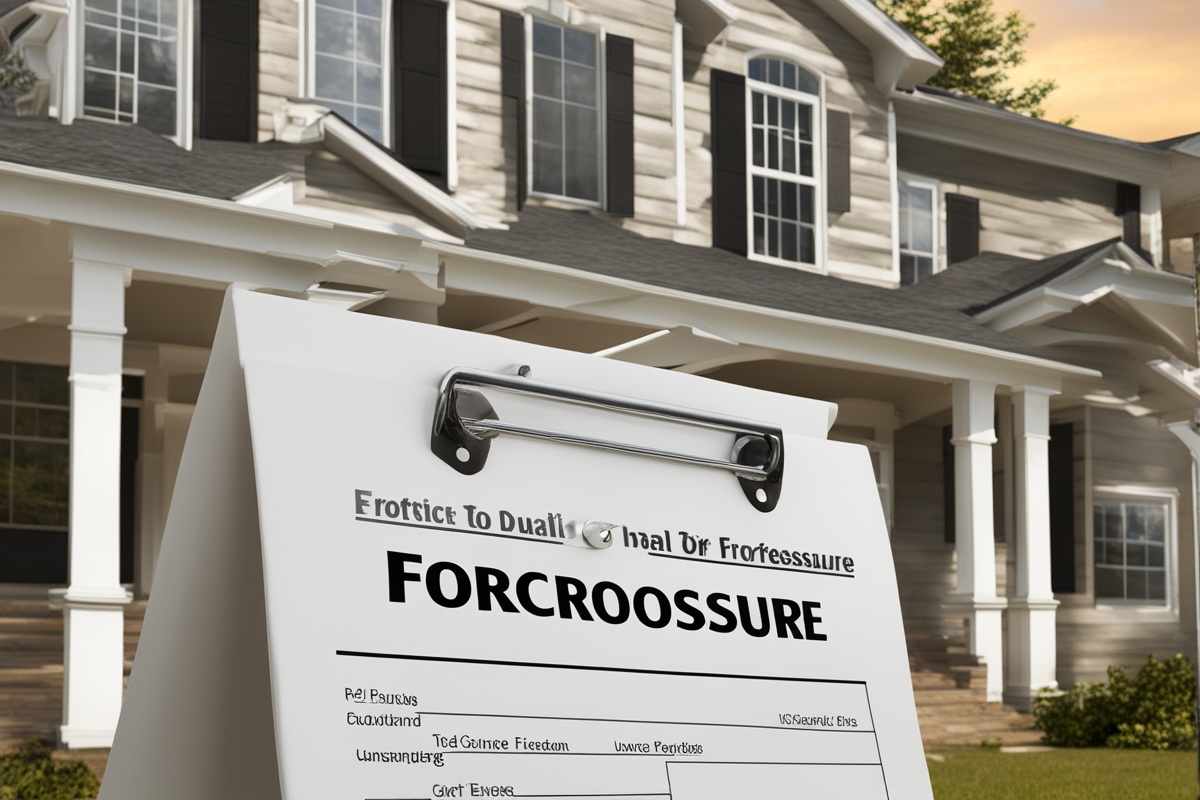If you’re new to the concept of property loss due to financial hardship, understanding Foreclosure Basics is crucial. This guide is designed to provide foundational knowledge about the foreclosure process, helping homeowners navigate the complexities of mortgage default and potential home repossession. Whether you’re facing financial difficulties or simply want to be informed, this article offers essential tips and insights to get you started. Let’s dive into the key aspects of this challenging yet important topic with practical advice and resources to support you along the way.
Understanding Home Repossession
Home repossession is a legal process where a lender takes back a property due to the borrower’s inability to keep up with mortgage payments. Grasping Foreclosure Basics starts with recognizing how this process begins—often with missed payments over several months. Lenders don’t immediately seize a home; they typically follow a structured timeline, starting with warnings and notices. This can include a formal notice of default, which signals that the borrower must act quickly to resolve the issue [1]. Homeowners should be aware that repossession is often a last resort for lenders, as they prefer to work out payment plans or modifications. Understanding your rights during this time is vital. For instance, many states have specific laws that protect homeowners, giving them a grace period to catch up on payments. To learn more about the initial stages, check out Foreclosure Basics: Essential Tips for Homeowners.
Key Steps in Property Seizure
The process of property seizure follows a series of well-defined steps, and understanding these can help homeowners prepare or prevent the worst outcome. First, after several missed payments, a lender issues a notice of default, which is a public record of the borrower’s delinquency [2]. Next, if the situation isn’t resolved, the lender may file a notice of trustee sale, scheduling an auction for the property. During this period, homeowners often have opportunities to reinstate the loan by paying the overdue amount plus fees. If the auction proceeds, the property is sold to the highest bidder, and the homeowner must vacate. Each state has different timelines and rules, so it’s essential to research local regulations. For deeper insights into these steps, visit Foreclosure Basics: Key Steps to Protect Your Home.
- Notice of Default: The first formal step, alerting the homeowner of missed payments.
- Pre-Foreclosure Period: A window to negotiate or pay overdue amounts.
- Notice of Sale: Public announcement of the auction date if no resolution is reached.
- Auction: Property sold to the highest bidder, often at a courthouse.
- Eviction: Final step if the homeowner does not leave voluntarily after the sale.
Navigating Mortgage Default Risks
Mortgage default is the root cause of most foreclosure cases, and managing this risk is a critical part of understanding Foreclosure Basics. Default occurs when a borrower fails to make payments as agreed in the loan contract. This can stem from job loss, medical emergencies, or poor financial planning. To mitigate risks, homeowners should prioritize communication with their lender at the first sign of trouble. Many lenders offer hardship programs, such as forbearance, which temporarily pauses payments [3]. Additionally, creating an emergency fund can provide a buffer during tough times. It’s also wise to monitor your credit score, as missed payments can severely impact it. For alternatives to default, explore Facing Foreclosure? Explore Your Options and Take Control.
What are the early warning signs of mortgage default? Look for consistent late payments or notices from your lender indicating delinquency. Addressing these early can prevent escalation.
Essential Foreclosure Guide Tips
Navigating a potential property loss situation requires actionable strategies, and having a solid foreclosure guide can make all the difference. First, educate yourself on the specific laws in your state, as timelines and homeowner rights vary widely. Next, document every interaction with your lender, including phone calls and letters, to maintain a clear record. Consider seeking help from a HUD-approved housing counselor who can offer free advice on negotiating with lenders. Additionally, explore government programs like the Home Affordable Modification Program (HAMP) if you’re eligible [4]. These tips are designed to empower homeowners to take control of their situation rather than feeling overwhelmed by the process.
Imagine discovering that a simple call to a housing counselor could open doors to loan modification options you didn’t know existed. Taking that first step can change the trajectory of your financial future.
Avoiding Loss of Your Property
Preventing the loss of your home is often possible with proactive measures and a clear understanding of available options. Start by assessing your budget to identify areas where you can cut expenses and redirect funds toward your mortgage. If payments are still unmanageable, consider a loan modification, which adjusts the terms of your mortgage to make it more affordable. Another option is a short sale, where the lender agrees to let you sell the home for less than what you owe, avoiding the full impact of a foreclosure on your credit [5]. Communication with your lender remains key—don’t wait until it’s too late to ask for help. Finally, beware of scams promising quick fixes; always verify the legitimacy of any service offering assistance.
- Budget Review: Identify unnecessary expenses to prioritize mortgage payments.
- Loan Modification: Work with your lender to adjust payment terms.
- Short Sale: Sell your home for less than the owed amount with lender approval.
- Refinancing: Replace your current mortgage with a new, more affordable loan if possible.
What is the most effective way to avoid losing your property? Early intervention and honest communication with your lender often yield the best results.
Basics of Lender Recovery Process
The lender recovery process is the mechanism through which banks or mortgage companies attempt to recoup their losses after a borrower defaults. This begins with attempts to contact the homeowner for payment arrangements before formal action is taken. If these efforts fail, the lender moves forward with legal proceedings to reclaim the property, as outlined earlier. The goal is not just to seize the home but to recover the outstanding loan balance, often through auctioning the property. Homeowners should know that even after a sale, they might still owe a deficiency balance if the auction price doesn’t cover the full debt [6]. Understanding this process can help borrowers negotiate better outcomes, such as settling the debt for less than owed. Staying informed about these steps is a cornerstone of managing financial challenges related to property ownership.
This content is for informational purposes only and not financial advice; consult a professional.
References
- [1] Study on Home Repossession Trends, 2023
- [2] Article on Property Seizure Processes, 2024
- [3] Guide to Mortgage Default Prevention, 2022
- [4] Report on Foreclosure Assistance Programs, 2023
- [5] Insights on Avoiding Property Loss, 2021
- [6] Analysis of Lender Recovery Mechanisms, 2024





